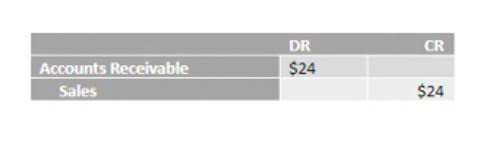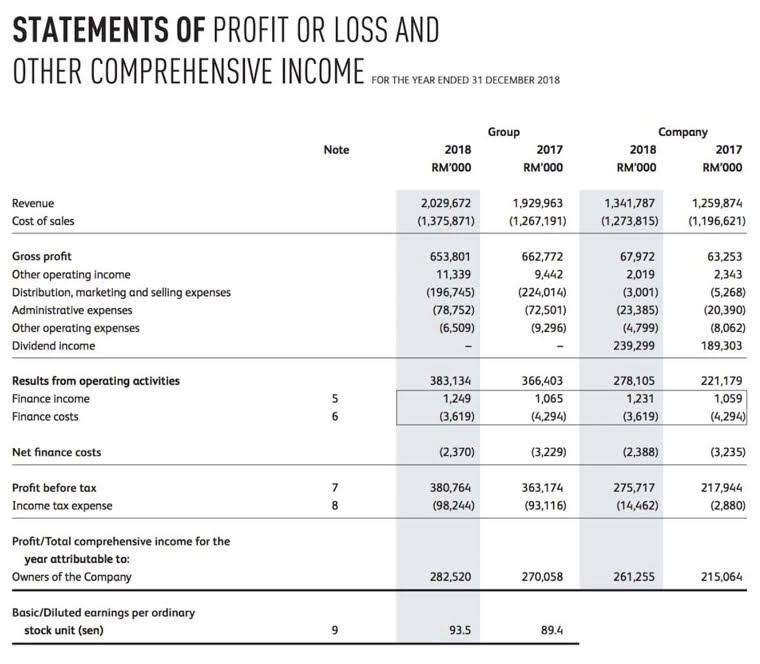AS 2301: The Auditors Responses to the Risks of Material Misstatement

Consequently, in addition to assessing the presentation of an organization’s financial statements, auditors must evaluate the internal controls within the processes that could materially impact the financial statements. Relevant tests – auditors often use disclosure checklists to ensure that financial statement presentation complies with accounting standards and relevant legislation. These cover all items (transactions, assets, liabilities and equity interests) and would include for example confirming that disclosures relating to non–current assets include cost, additions, disposals, depreciation, etc. The preparation of financial statements is the responsibility of the client’s management. Hence, the financial statements contain management’s assertions about the transactions, events and account balances and related disclosures that are required by the applicable accounting standards such as US GAAP or IFRS. Alternatively, what if the accounts payable completeness assertion is assessed at high and all other assertions are at low to moderate?
- That’s because there is no other way to hold the preparers of financial statements accountable.
- The goal for companies making such assertions is to minimize (or, ideally, avoid) the risk of material misstatement by failing to provide financial data that is, in fact, complete and accurate.
- 1See paragraph .B15, for further discussion of the evaluation of the controls over financial reporting for an equity method investment.
- Accounts payable is not complex and there are no new accounting standards related to it.
- In other words, a substantive audit approach may be implemented as long as your audit procedures are responsive (and linked) to the assessed risks of material misstatement.
Auditing Procedures for Testing Assertions
The auditor’s professional skepticism is an indispensable tool in evaluating assertions. This mindset involves a questioning mind and a critical assessment of audit evidence. It requires auditors to challenge the assumptions and estimates made by management, especially in areas susceptible to significant judgment or where there is a higher risk of management bias. Professional skepticism also means being alert to audit evidence that contradicts or brings into question the reliability of documents and responses to inquiries provided by management. There are generally five accounting assertions that the preparers of financial statements make.
- Put simply, this assertion assures that the information presented actually exists and is free from any fraudulent activity.
- If that’s true, it would not be possible to do sufficient audit work to reduce audit risk to an acceptable level.
- The implicit or explicit claims by the management on the preparation and appropriateness of financial statements and disclosures are known as management assertions.
- The auditor’s approach to gathering evidence is not static; it is responsive to the findings as the audit progresses.
- Auditors examine supporting documents, such as title deeds, contracts, and loan agreements, to ensure that the company possesses the rights to its assets and is obligated to settle its liabilities.
- The following is a good explanation of the financial assertions as the pertain to ISA 135.
Appendix B – Audit Evidence Regarding Valuation of Investments Based on Investee Financial Results

The points made above regarding aggregation and disaggregation of transactions also apply to assets, liabilities and equity interests. Issued by the International Accounting Standards Board (IASB), the purpose of the IFRS is to provide a consistent, https://www.bookstime.com/ comprehensive set of transparent and globally applicable accounting auditing standards. The mapping exercise enables a registrant to demonstrate how its system aligns with the 2013 COSO framework and supports management’s internal control assertion, Soske said. In addition, the mapping exercise serves as a gap assessment to show areas where the controls do not support the principles. 6For example, potential misstatements regarding disclosures include omission of required disclosures or presentation of inaccurate or incomplete disclosures.

Audit Sampling

Candidates should ensure that they know the assertions and can explain what they mean. Candidates should not simply memorise these tests but also ensure they understand the reasons why the test provides assurance about the particular assertion. In some instances, the direction of the test will be a key point to consider. A. Confirms existence not completeness – the direction of the test is key here. Had the test been the other way control assertions selecting sample of non–current assets in the factory and tracing to the non–current asset register, that would have confirmed completeness.B. Confirms completeness as the auditor may identify non–current assets that have not been capitalised and is therefore the correct answer.C.
- At the end of this article, you can also see the summary of all assertions and their usages.
- These procedures include analytical procedures, substantive analytical procedures, and tests of details.
- 7See paragraph .07b of AS 1101, Audit Risk, for a definition of control risk.
- Valuation and allocation assertions pertain to the appropriate valuation of assets and liabilities and the correct allocation of revenues and expenses.
- It means the auditor should perform substantive procedures to respond to the high-risk assessments for each assertion.
It means that management implicitly or explicitly claims that the value of assets, liabilities, income, expenses, and equity shown in financial contribution margin statements are correctly measured and disclosed according to the applicable financial reporting framework. Describe substantive procedures the auditor should perform to obtain sufficient and appropriate audit evidence in relation to the VALUATION of X Co’s inventory. During the interim audit, the system of internal control is documented and evaluated. This will determine the mix of tests of control and substantive procedures but both will tend to focus on transactions that have occurred so far in the period. Audit assertions, financial statement assertions, or management’s assertions, are the claims made by the management of the company on financial statements.
- In this instance, for example procedures performed at the inventory count which provide evidence of existence and completeness of inventory would not be relevant.
- Likewise, we usually use these assertions to assess external financial reporting risks.
- Audit entity owns or controls the inventory recognized in the financial statements.
- As you consider the significant account balances, transaction areas, and disclosures, specify the relevant assertions.
- Client A’s bookkeeper records all invoices in the accounting system once the invoice is received.
